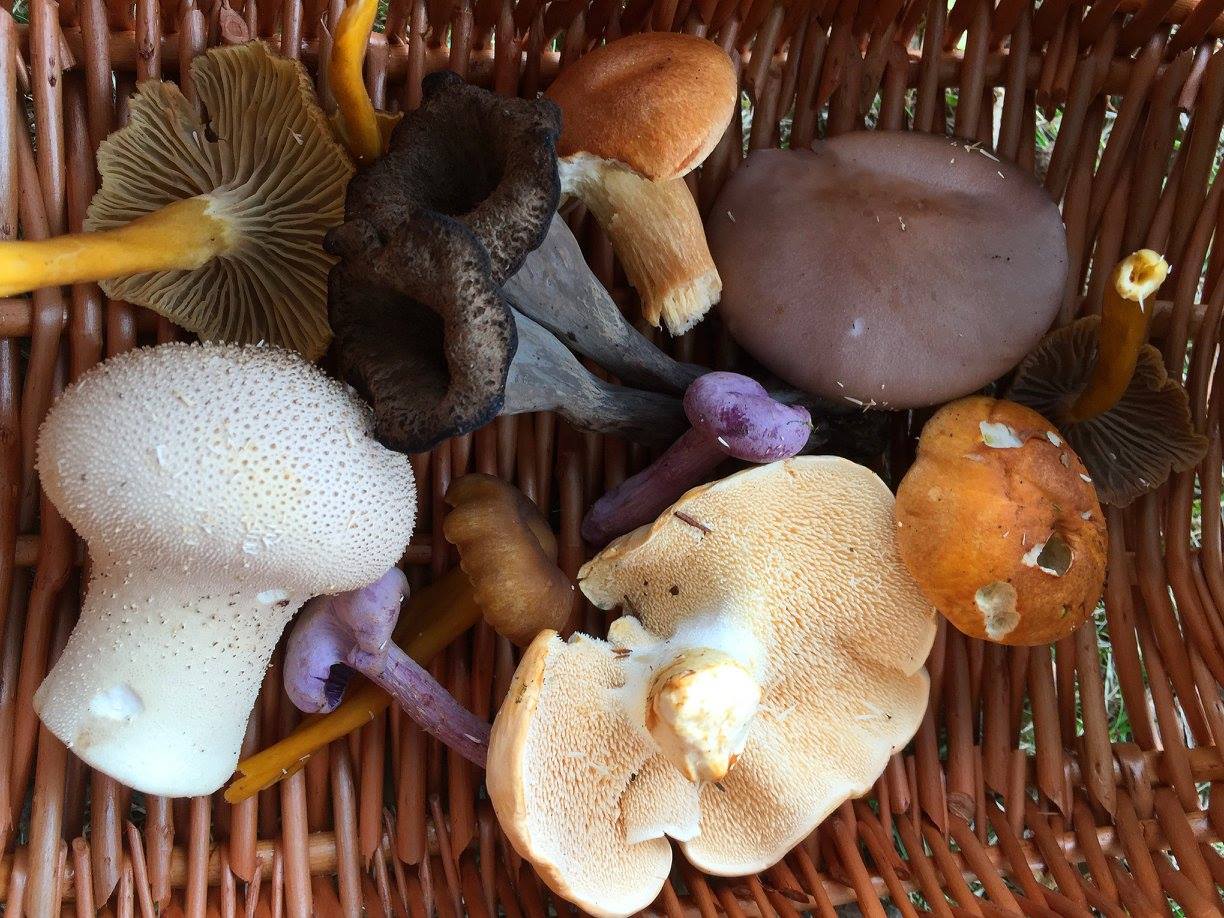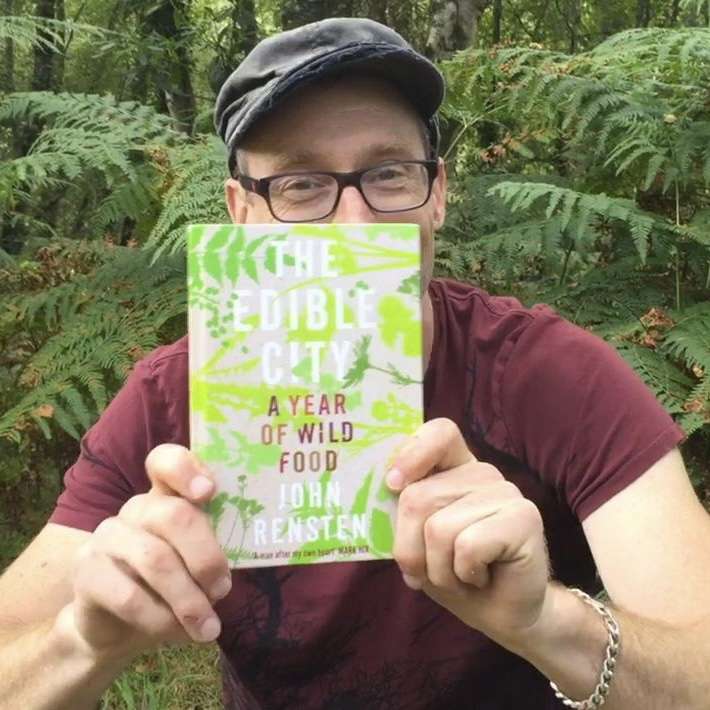It’s late November and although all my organised forays are over for the season, there are still numerous edible species out there to hunt for. Alas this autumn has been as much about politics as it has about foraging, with The Forestry Commission in Hampshire announcing a full ban on picking and then doing something of a U-turn when they were forced to admit that their ‘ban’ had no basis in law and was utterly unenforceable. Most of my opinions on this whole topic can be found here if you’re interested, click the image.
 Almost a year of meetings, phone calls and emails later and I hope we are getting somewhere and forming a sensible working relationship between them and us, the us being The Association of Foragers which was formed last year more as a network of professional foraging teachers than a lobbying organisation. Either way it has soured the season for me a little and I vow to concentrate next year on enjoying the autumn for what it is and not getting involved in this on going squabble, hard as that is with the national press always eager to poke the fire and stir up the flames. Anyway, apologies for the mini rant and back to the topic in question…2 years ago I produced a short film about a few of the principles of safely identifying wild mushrooms and this year I have finally created a follow up. Please, if you haven’t, be sure to watch the first film as well as this one; it looks in more detail at some of the basics, safety tips and common sense needed to approach a topic that has as many potential pit-falls as this one does. I hope you find this useful and that if nothing else it inspires you to go out for an autumnal woodland walk, although for anyone serious about hunting for edible wild mushrooms there is no better beginning than to go on a few organised forays with someone experienced who can introduce you to the basics and keep you safe at the same time.
Almost a year of meetings, phone calls and emails later and I hope we are getting somewhere and forming a sensible working relationship between them and us, the us being The Association of Foragers which was formed last year more as a network of professional foraging teachers than a lobbying organisation. Either way it has soured the season for me a little and I vow to concentrate next year on enjoying the autumn for what it is and not getting involved in this on going squabble, hard as that is with the national press always eager to poke the fire and stir up the flames. Anyway, apologies for the mini rant and back to the topic in question…2 years ago I produced a short film about a few of the principles of safely identifying wild mushrooms and this year I have finally created a follow up. Please, if you haven’t, be sure to watch the first film as well as this one; it looks in more detail at some of the basics, safety tips and common sense needed to approach a topic that has as many potential pit-falls as this one does. I hope you find this useful and that if nothing else it inspires you to go out for an autumnal woodland walk, although for anyone serious about hunting for edible wild mushrooms there is no better beginning than to go on a few organised forays with someone experienced who can introduce you to the basics and keep you safe at the same time.
How to Identify 4 more tasty edible wild mushrooms
Next post: Foraging is a state of mind. No really, it is…
Previous post: The Edible City : A Year of Wild Food

Excellent watch , thanks for that.
Very natural presentation skills.
Out now to look for wax caps
thanks for saying so, happy hunting
What a lovely assortment of fungi.
A close up shot would be so helpful, for ID.
Thanks
thanks Angelique, there’s an awful lot of good source material out there to help with specific ID. My intention with these films is to show the fungi as they actually are, with as much variety as possible and include a few points that might get overlooked, but my film making technique is limited to say the least so that’s why I don’t have any close ups…glad you enjoyed the film, all the best john
I’ve just returned from a weekend in the New Forest and I was shocked by the scarcity of fungi in all the environments I encountered. This year I saw few individual and mostly old fungi but no abundance of varieties that as a regular Autumn visitor l am accustomed to. Do you know why that might be?
it’s due to the extremely warm weather in october, so lots of fungi fruited early or not at all….and if you were walking in classic oak woodland, most of the fungi associated with them decided to fruit much earlier, mid august roughly..there’s still lots to see in the pine plantations but it certainly has been a funny old year
Thank you for your prompt response. It certainly has been an odd year: in the infancy of an age of increasing instability. Wildlife too, was scarce. I saw no deer and few birds, but Autumn amongst the trees of the deciduous forest is a visual delight.
As a follow up question; though the season was advanced, is the fruiting duration a constant length even though the mild weather continues?
Thanks Colin, no the duration that different species fruit for is always varying, some like chanterelle flush as early as mid may, then come again three or four times through til november…others might just fruit for a short period of time one year or for the whole season another, or come out much earlier than usual, as did lots of boletes this year, and then not really fruit at all during their usual season…I have seen plenty of deer this year but not heard much bird song…there seems to be a tricky balance going on between stripping out the rhodedendron that smoothers the woodlands and still retaining bits of it as habitat for wildlife